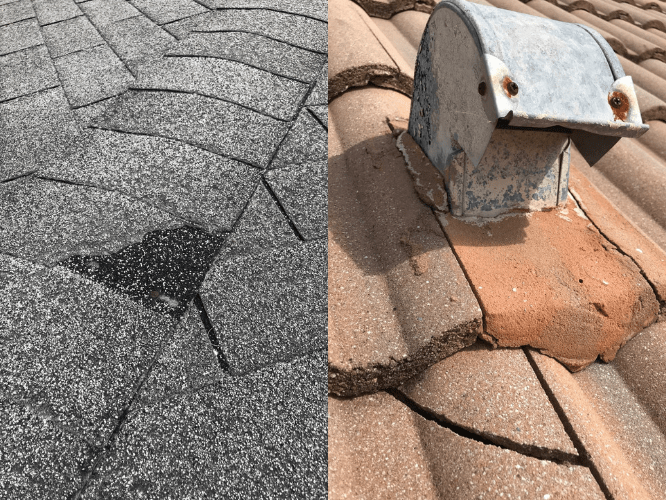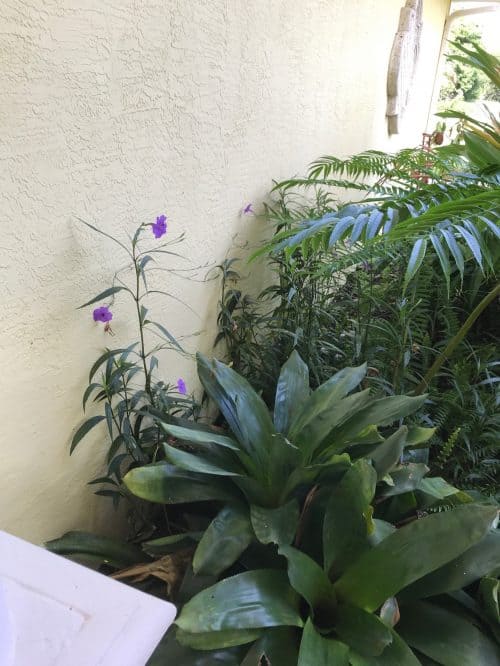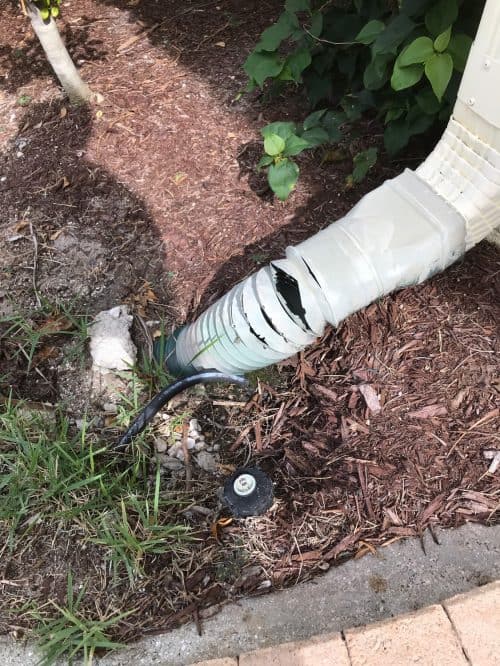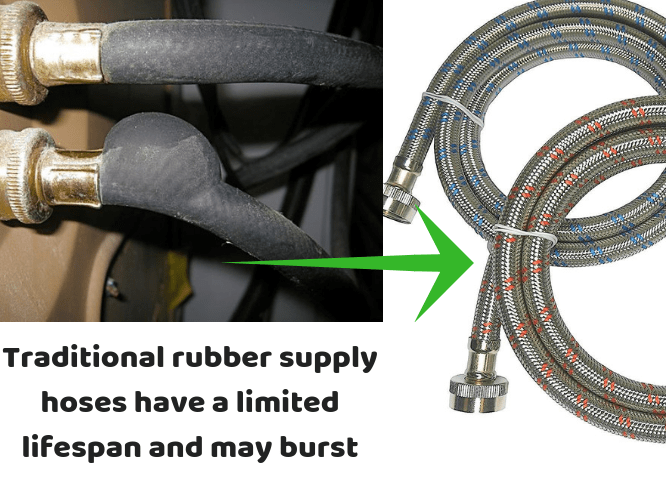Have you ever noticed how much more attractive a car or home is when it looks fresh and clean and well maintained? Its that “curb appeal” that can really make a big difference with the sale of your home but there are other factors at play, too.
Usually a buyer will get a home inspection done and its really important to have that report be as thin as possible with the fewest glaring issues as possible.
Even if its nothing more than a whole bunch of small stuff that “stuff” (psychologically) alters buyers opinions of the home. Our goal here is to knock as much of that small stuff off the inspection report so that the report is as clean as it can be.
We want to reduce the amount of things that buyers have to negotiate on price with. Rotting fascia? Gonna tackle it. Dirty evaporator coil? We’re on it. Maybe you won’t do everything on the list but anything you can do will help.
Some of the areas that we’ll cover are:
- Roof
- Attic
- HVAC
- Gutters
- Ceilings
- Landscaping
- Water Heater and Plumbing
Let’s get to it!
The goal is to attack the cheap and easy fixes that give you a cleaner inspection report and ultimately your buyers will have less negotiating leverage.
This list is not a “must do” but rather a list that you can pick and choose the things you want to improve or can improve, every little bit helps.
Roof
Not a whole lot you can do about a roof that is aged. If its old, its old and most likely you probably won’t replace it just to sell a house but there are some small things you can do to clean it up a little bit.
Starting from literally cleaning it up with a pressure washer you can also identify cracks (tile roof) that can be filled to shingles that can be replaced.

Attic
For whatever reason you may have some insulation that is out of place or missing. Insulation does not cost that much and can do wonders for your heating and cooling efficiency. Its easy and cheap and belongs on our pre-inspection to-do list.

Fascia
Fascia is a very common place for wood rot to occur, especially where two pieces come together at the corner. Unfortunately, fascia rot sticks out like a sore thumb but there are ways to replace those rotted sections or if its small enough you can do smaller patch repairs.
Both of which will help your report and curb appeal in the long run. Here are common wood rot areas:

Wall Cracks
Many CBS homes with stucco siding will have hairline cracks -its just part of life and its nothing to worry about. Until they get large enough to put your finger into its not something to even put on your list. You can definitely fill cracks in or paint the area but other than that its not an issue because its usually not structural in nature.
Vegetation and Trees
You are going to want to take a little walk around the house and simply look for vegetation or trees that are touching the side of the house or, in the case of trees, rubbing on the roof with their branches.
Ground cover vegetation, although it looks nice, poses a couple of issues. One is that it doesn’t allow the area between the house and vegetation to air out and dry therefore trapping moisture causing mold etc.
The second issue is that it acts like a little ladder for insects and maybe even rodents to climb up and get at your house. Shoot for allowing a 12-16 inch space between the vegetation and walls.

HVAC
Air conditioning units are commonly a negotiating item. You probably won’t spend less than $3,500 to replace one so although we can’t change the age of your unit we can certainly make it look better. Manufactures will state that 10 years is the lifespan of a typical A/C unit but the reality is that if maintained well you should be getting around 15 years and possibly even longer.
Part of that maintenance is the insulation on the set line. The line is easy enough to identify because there are two, thin metal pipes coming out of your unit. The thinner of the two is called the “liquid line” while the other is called the “suction line”.
The larger line (the suction line) should be insulated to maintain the best efficiency. Any home improvement center will have the insulation you need and it will cost just a few dollars and just minutes to replace.

And while we are still outside looking the A/C unit lets check on the condensate drain. This will be a PVC pipe coming out of the wall and ultimately it leads to your air handler.
Its important that it doesn’t terminate too close to the house because the water that is constantly coming out of it may saturate the concrete of your house’s walls or pad. Its best to move it away from the house about 12 inches.

Moving to the inside portion of your HVAC system you will find the air handler.
 Sometimes its in the attic but other times its in a closet in the house. A couple of important things to do to spruce up the air handler is to simply change the filter. Its easy to forget but so important for the health and longevity of your system. Another thing you can do is to clean the evaporator coil.
Sometimes its in the attic but other times its in a closet in the house. A couple of important things to do to spruce up the air handler is to simply change the filter. Its easy to forget but so important for the health and longevity of your system. Another thing you can do is to clean the evaporator coil.

For good introduction on how to clean your coils check out this video:
One more thing on the outside before we head in. Gutters: they are easy to clean out and plastic leader extensions don’t cost very much. Its another one of those things on our list that a easy and inexpensive but go a long way to reducing the buyer’s negotiating power.

Water Heater
The water heater, unless its leaking, is usually trouble free but there are a couple of things you can keep an eye on. The TPR valve should be at least 3/4 inch in diameter and never go up.
Which one is the TPR? Well, there will be 3 main pipes connected to your water heater: 1) cold water coming from the house 2) hot water leaving the water heater and being distributed throughout the house and 3) the TPR valve and extension.
Its will have a little flapper handle type thing hanging from it. The purpose is to direct any buildup of pressure that may occur in the tank to the outside through the valve and extension pipe. If pressure is not allowed to escape from there the unit may explode violently.

Leaks
Speaking of plumbing, lets talk about leaks. Leaks are not a good sign to someone wanting to buy your home but luckily there is an easy way to detect leaks. In the bathroom, fill up the sink with the stopper (if you don’t have a stopper go to Home Depot and get one) then once its full turn off the water and release the stopper. Look and feel around your drain pipes beneath to see if any water shows up.
You can also look at the bottom of your sink cabinet below the drain pipes for any moisture from a slow leak. If you do find leaks it’s probably not a big deal, the drain pipes may just need to be re-adjusted. In other cases, you may have to replace PVC drain parts but that’s not expensive.
Got a washing machine with those common black rubber hoses? Its not surprising because most people do but you may find it surprising that those can burst. Obviously, because of Murphy’s law they will most likely burst when you are away on vacation so its a good idea to get ahead of this problem AND prevent this from being on the inspection report by getting some of these:

Got a fridge with an ice maker? Good, make sure its in the “on” position and making ice. Doing this will avoid a comment on the report that says something like “ice maker off, cannot verify if it works”. Easy to do.

Lights out? This is about as easy to do as it gets. Simply go through the house and test all the lights for bulb issues. Bulb out? Just replace it. Simple and cheap but makes the house looks more maintained.
Another easy win involves your sliding glass doors. Have you ever notice how they tend to collect all kinds of dirt? Its frustrating because eventually your sliders sound terrible and become harder to open but all it takes is a little elbow grease to bring em’ back.
Start by vacuuming the tracks really well then sweep them or use a hand brush. Be sure NOT to use WD-40 because that will simply attract future dirt due to its greasy nature.

Got old water stains on your ceiling from something that happened long ago? Simply repaint it and color match as best as you can.
If you choose not to do the entire area with paint then at least paint over the stained area because although a painted area will stand out there will be no indication of why its painted -much better than a definitive comment about water stains.
If you decide to do nothing else on this list then pressure cleaning the roof and driveway is a beneficial thing to do. It will do wonders in increasing your “curb appeal”.
Have you had an inspection that went well because you did some preliminary cleaning and upgrades? Share your experience below in the comments and thanks for stopping by.






Comments are closed.